

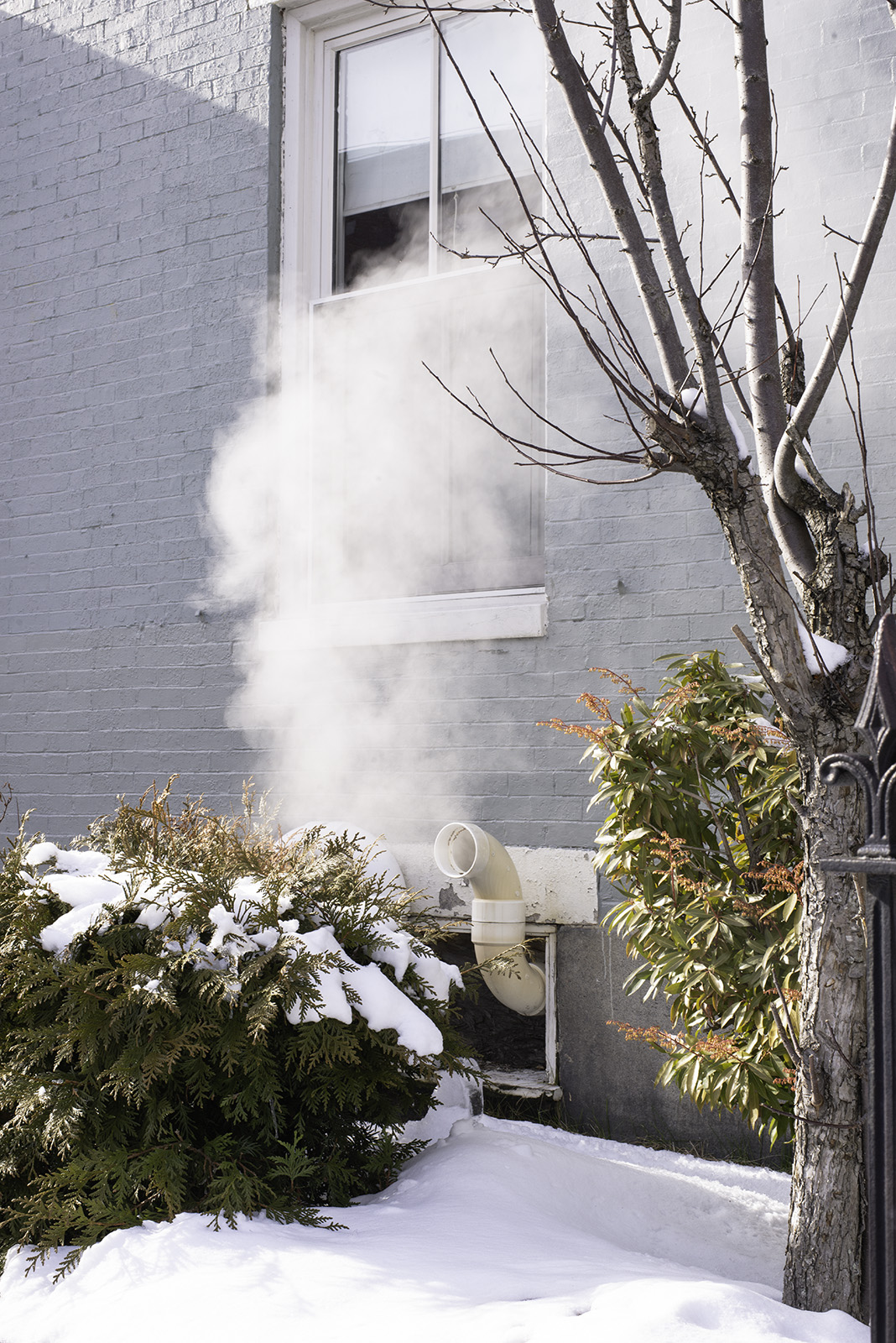




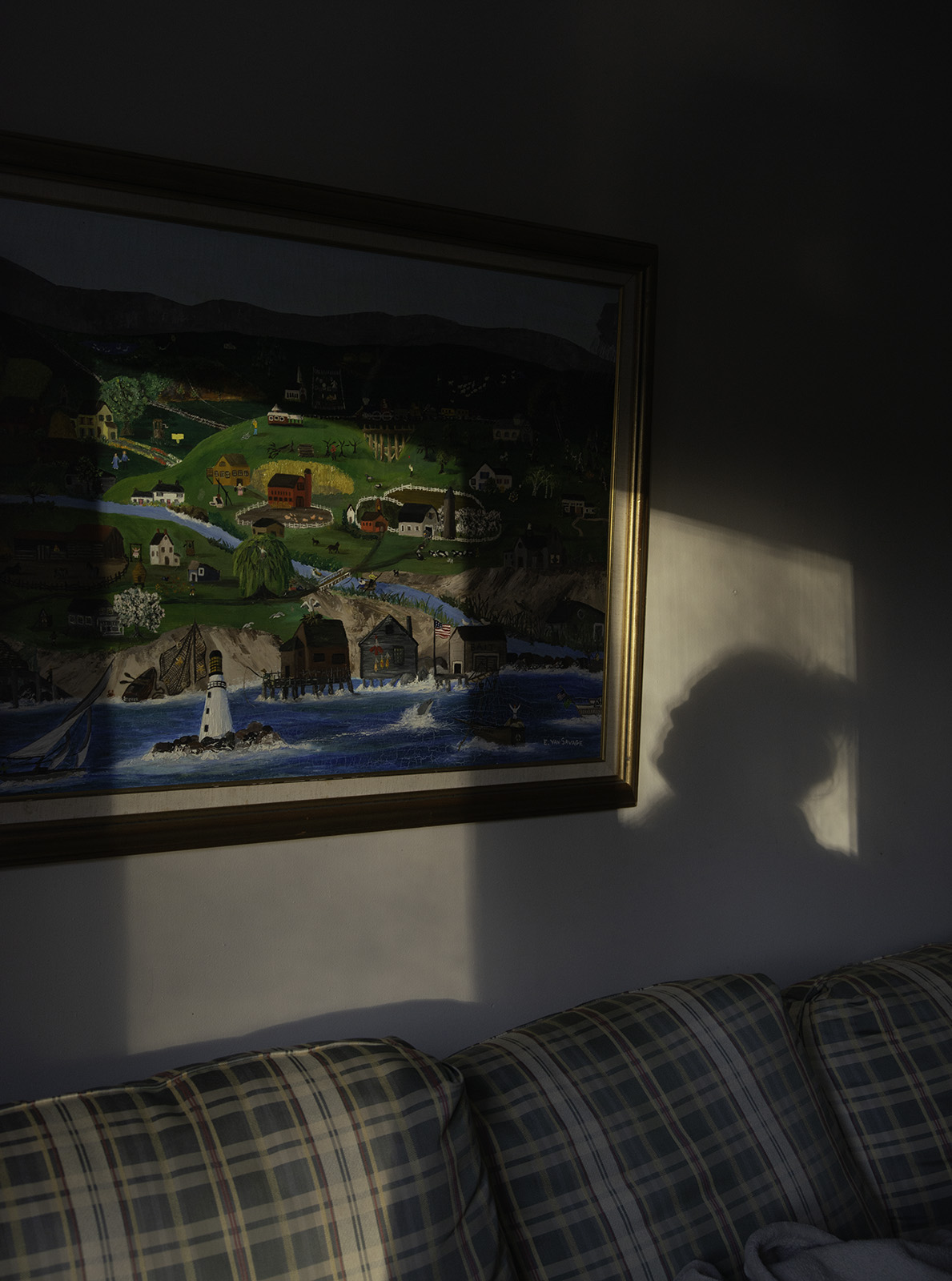




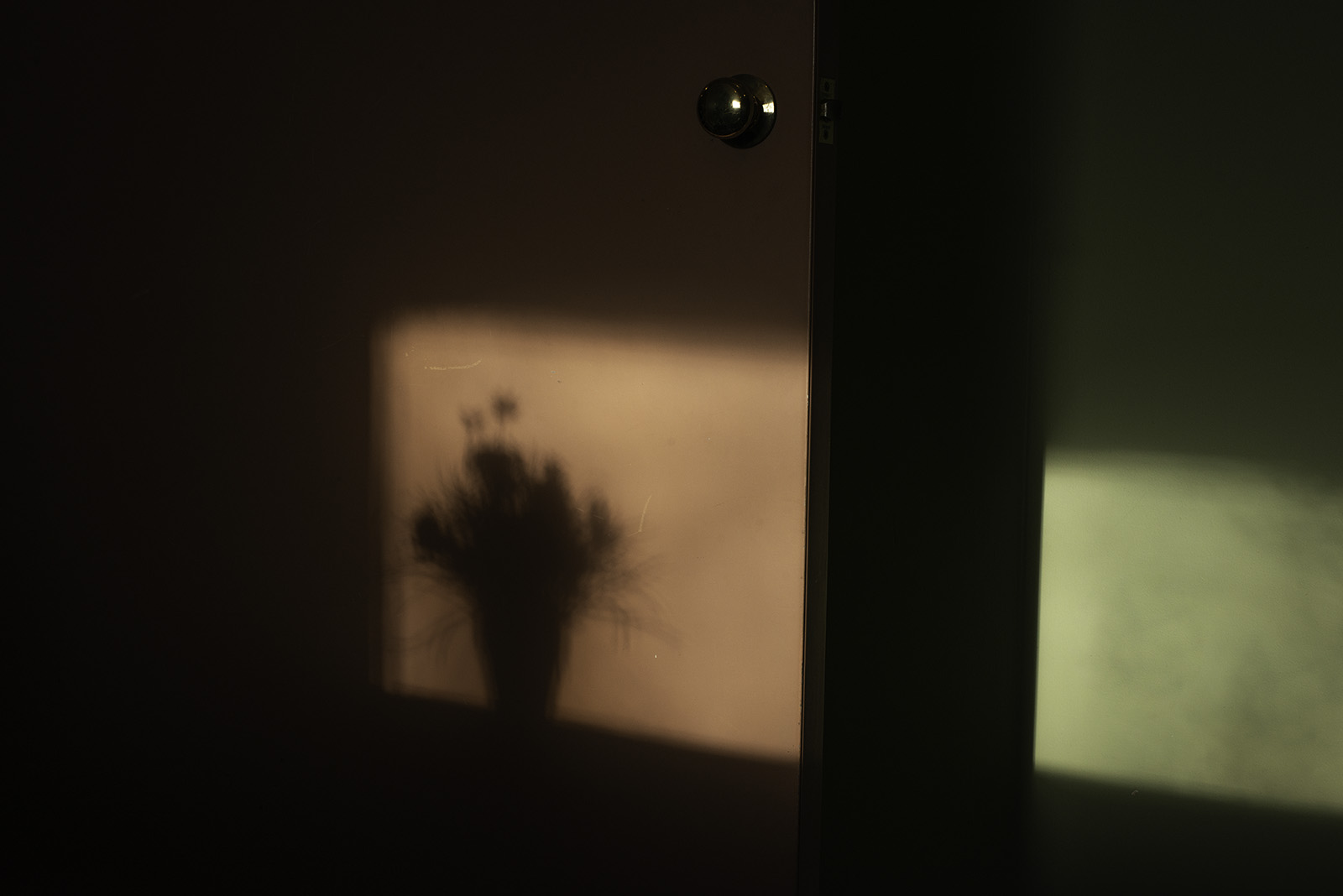
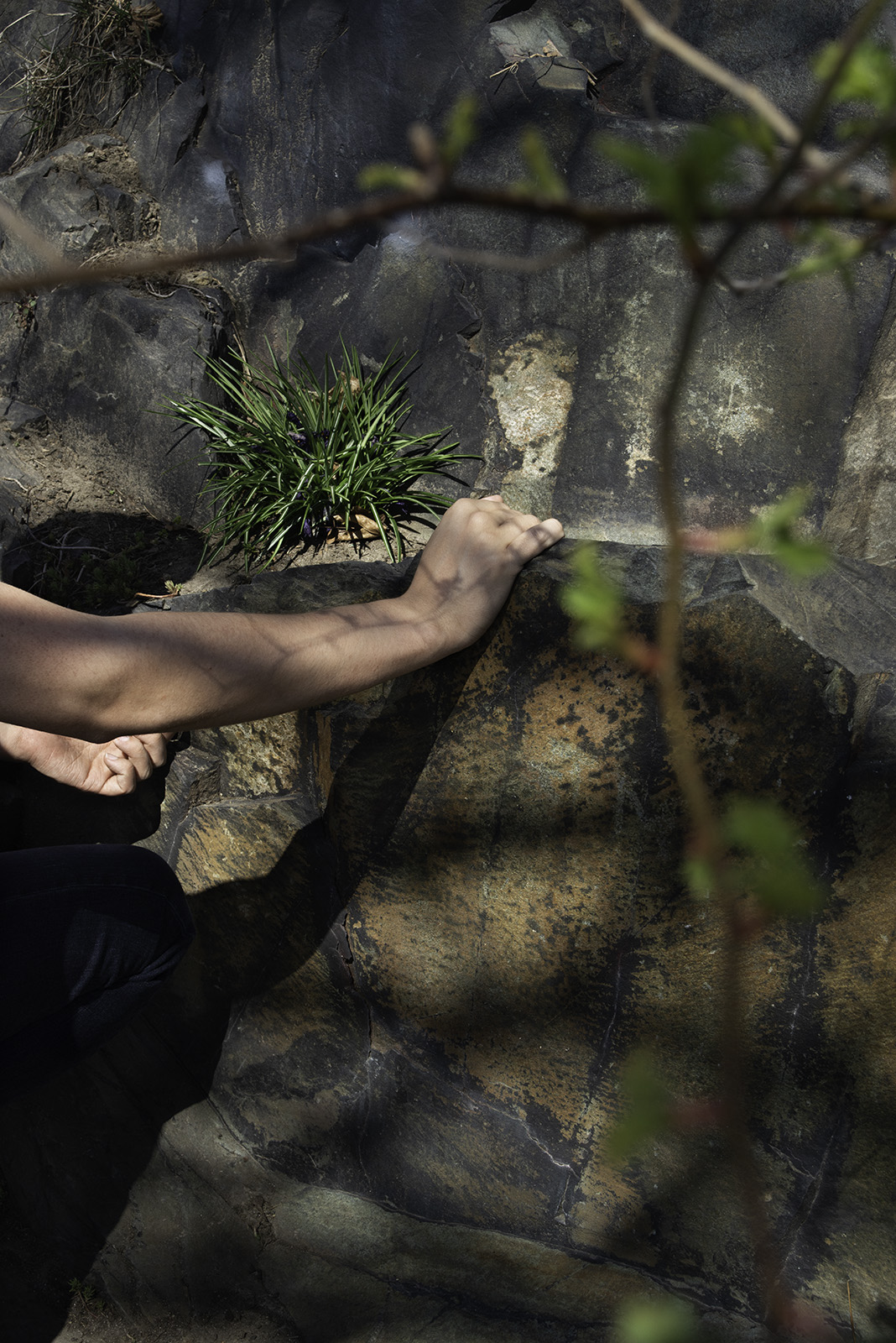



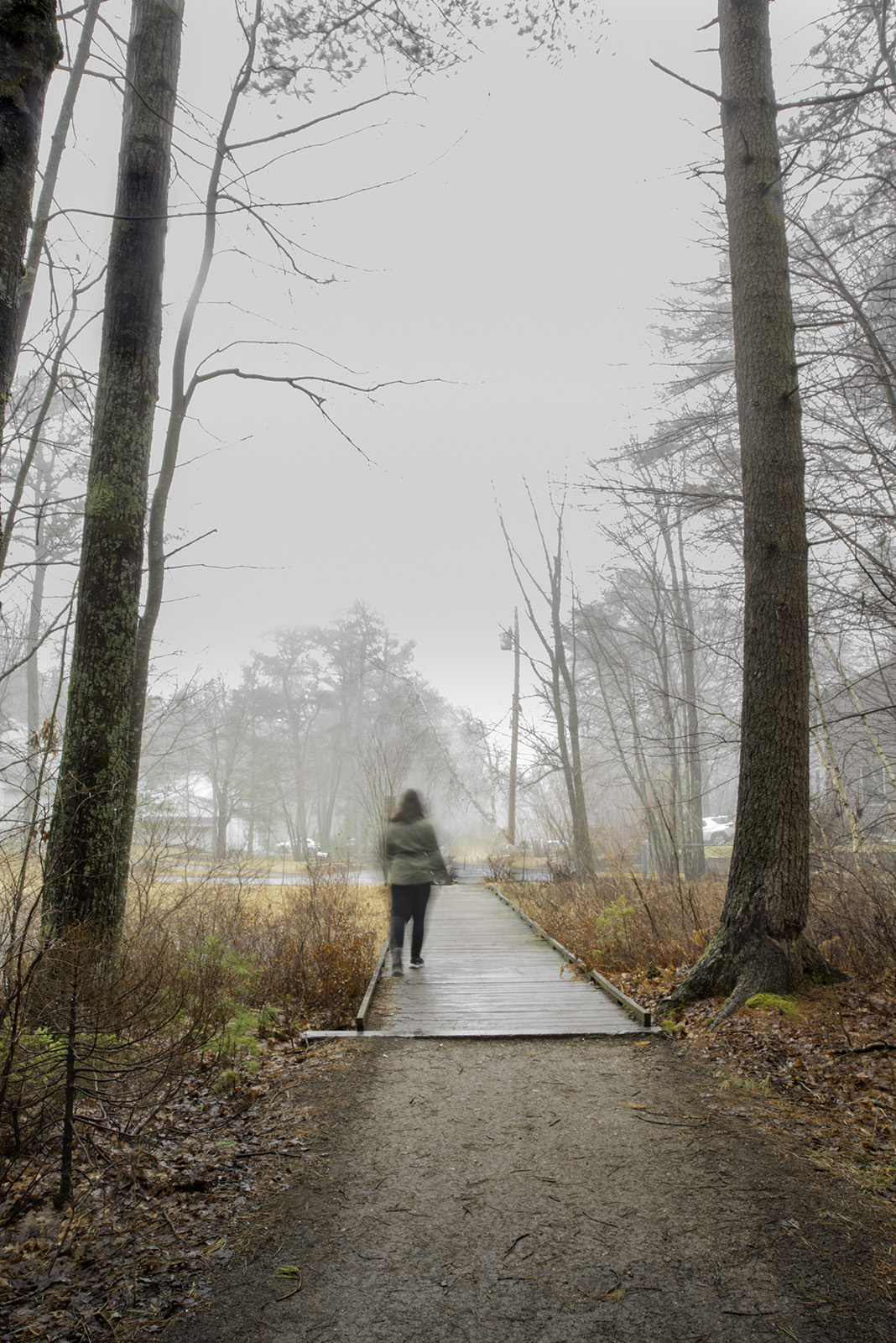


















biography
Jordan Van Savage (she/her/hers b. 1998) is a photographer born in Maryland and raised in Brunswick, Maine. Her current body of work, Young States, delves into her observations of transition and independence. Inspired by both rural and urban Maine, she explores her relationship with interior and exterior spaces and how the softness and fluidity of natural light shapes them. As a community-oriented artist, Jordan loves teaching photography to children, working with non-profit arts organizations, and using photography to create connections between herself and others during her travels. Jordan is hoping to one day continue her work in Florence, Italy, where she studied for a semester in 2019.
interview
Jordan Van Savage in conversation with Vanessa Leroy
VL: Where were you born, where did you grow up, and where are you based now?
JVS: The beginning of my life was quite a whirlwind. I was born in Columbia, Maryland, and after undergoing two heart surgeries at 2 months old and 2 years old, my parents and I moved 5 more times due to my dad’s job. After living in Catonsville, Maryland, Colorado (where my brother was born), Connecticut and New York, we arrived in Brunswick, Maine (where my sister was born) in 2003 when I was six. Even though these previous locations and the physical act of moving are a blur, they still made a big impact on how I view my life and the world. Brunswick is a coastal town with a close-knit community, and I am very thankful I was able to grow up there. School was where I made friendships that still exist today. I spent a lot of my time falling in love with the ocean, walking back and forth between my grandparents’ house and my family’s house, and enjoying the artistic-side of Brunswick that to this day is a backbone to the community.
VL: What led you to pursue photography? Why did you choose this particular medium, and how does it aid you in articulating your vision(s)?
JVS: I was 11 or 12 when I became curious about photography. The first image I made was a phone photograph of the sun shining through a lilac bush in the front yard of my house. Around this time, I met a dear family friend named Dave, who resonated with my passion for capturing light and shadow within the world I lived in. Dave was in his 60s around the time we began our photographic journey together, but his enthusiasm and lively character made it evident that his inner child never left. Sunday mornings were filled with ‘critiques’, photo book showings and coffee. We would go out to various locations throughout coastal Maine and make photographs of textures, architecture, interior and exterior spaces. By the time I turned 17, Dave had given me his film camera collection and pushed me to think about my creative visions in as many different ways as possible. He unfortunately passed away 15 days after I turned 17, which was devastating. His departure, though, is what encouraged me to move forward with my exploration of photography.
VL: What inspires you to create?
JVS: Two major people who inspire me to create to this day are my grandparents, LC and Steve. I grew up watching my grandma making endless paintings in her studio, rummaging through her various books on Picasso, Van Gough and other folk artists, and learning to cook with my grandpa. Traveling also inspires me to create. Studying in Florence, Italy for a semester and connecting with the culture and landscape showed me how to connect to the world in different ways.
A few films and TV shows that have visually inspired me are The Revenant , Moonrise Kingdom, Call Me By Your Name, and We Are Who We Are. I’ve also been inspired by Emmanuel Lubezki’s use of natural light in his cinematography, and Wes Anderson’s symmetry and color palettes. Other photographers who have inspired me are William Eugene Smith, Minor White, Aaron Siskind, Uta Barth, Terri Loewenthal, Binh Danh, and Zora J. Murff.
VL: How have you developed as an artist since the beginning of your practice? What does your earlier work consist of, and how has your past work led to your current work?
JVS: A lot of my early photographs were of Brunswick and the outdoors. Photographing Brunswick while growing up allowed me to form exciting connections with the community and landscape, which I feel has influenced my present work greatly. These early photographs sparked my first creative realization as a photographer, which was that I loved using the act of photographing to explore the physical relationship between me and whatever space I found myself photographing in. Throughout high school, I experimented with more narrative and storytelling within my photographs. I was making less observational work and more collaborative and constructed image images, but in senior year I was drawn back to my love for the natural environment. I created black and white and digital color photographs that explored the connections I’d make with my subjects and their physical interactions with natural environments. By this time, I had fallen in love with finding moments of natural light and how they’d shape the human form and physical space. In college, medium format and large format film photography captivated me, and I found that these photographic methods fostered a new diaristic point of view within my work. Large format self portraiture exploring vulnerability and 6x6 photographs of Boston’s bustling streets guided me immensely. Today, my work continues to be observational and diaristic, reflecting on my childhood as I stay in Brunswick during the pandemic. My images represent the simplicity of a moment’s gaze while exploring familiarity and intimacy within interior and exterior space. In my latest body of work, Young States, I explore the concept of life transition as I begin to live more independently during the Pandemic. Exploring what it looks like to continuously move from one space to the next, my images are strung together by the delicacy of natural light, and the fluid movement between the indoors and outdoors. I continuously chase these moments of natural light with hopes that my viewers will come along with me.
VL: You’ve mentioned that your current project has been inspired by the two cities you live between in Maine, which are Brunswick and Portland. Is the identity of these two places important in your work?
JVS: Over the past months, Brunswick and Portland have played major roles in this body of work. I consider them my grounding points, and they feed me inspiration as I move back and forth from the experiences I said in the above statement. At first I thought that this project was going to be only about my transitions between the two locations, focusing solely on their physical specificities, but I soon realized that my work was bigger than that. Brunswick and Portland harnessed my interest in the broader concept of transition, liminal space, and the non-linear path of going from point A to point B. Even though these locations are a major inspiration, it is not important for my viewers to know in what location I am photographing. As I was thinking of what it means to transition between major life moments, I realized that everyone might have a location(s) that influence them to move, to explore, to wonder, but that doesn’t necessarily mean their location needs to stay relevant all the time, if at all.
VL: You lead the viewer between indoor and outdoor spaces in Brunswick and Portland, and these environments are bridged by the light that spills onto both. What does encapsulating the ephemeral nature of light throughout these spaces mean to you? What does the illumination of these spaces and objects symbolize?
JVS: Ever since I first began to make images, light has always made my mind wander. As the sun moves throughout the day, I’ve always been aware of how the transition of light and shadow impacts how I feel and respond to my surroundings. Even though light is what makes up photography, I also see it as its own subject and visual component within my work, which has allowed me to expand on different metaphors/meanings. In Young States, I wanted to delve deep into this relationship I have with this soft and fluid light. I use it as a visual way of connecting my images, because I think I see a little bit of myself in that light. As light transitions, shifts and transforms throughout the day, as do I. By giving this kind of metaphor to the light, I use it as a guide for my viewers as they transition from one image to the next.
VL: Alongside your images of the natural environment, many of your images feature fragments of people. What are your reasons for intersecting these anonymous and identifiable portraits, and what does it mean for you to be the only recognizable person in the work?
JVS: When I began living in Portland later in the pandemic, in addition to Brunswick, I felt a slight weight lift off of my shoulders when I saw more people walking out and about in the streets while I was photographing. After thinking about this occurrence, and if this project was only about me or not, I became inspired by this act of wandering and glancing at people in passing moments , which helped me create these more fractal “portraits.” These images include myself and another person I am very familiar with. I wanted to obscure our faces and any identifiable features because this project is about both my experience and other peoples’ experiences. In the early stages of this project, I had only one self portrait that fully showed my face, but I decided it didn’t work because it was too confrontational and took away from the ambiguity and anonymity I was conveying.
VL: There are also images you have made that are devoid of direct sunlight, most notably the image you made of the still body of water on a seemingly overcast day. When these moments occur in the work, how would you describe their function in relation to the other images that make up the bulk of the project?
JVS: I created these images to represent moments of stillness amidst the continuous, transitional state of natural light. The stillness of an overcast or foggy day, I think, represents an in between state that one might experience in the midst of transition, but have a moment of rest. This is a state of mind/feeling I have felt many times during the Pandemic as I navigated between Brunswick and Portland.
VL: What has your process been like creating images for this project, and how far into the future will this project span? What are your ideas for expanding the work?
JVS: Young States consists of a lot of walking, gazing at my surroundings, and observing, day and night. I found that I really needed to feel ready to photograph in the present moment and not pre-plan too much. I found myself returning to both familiar places, such as the woods near my home in Brunswick, and unfamiliar spaces, such as certain rooms in the apartment I live in in Portland. In some cases, I did pre-plan by going to a particular location knowing there was something there that interested me, or if I knew the light would be beautiful. While I photograph, some ideas for portraits will arise, and then I’ll act on those in that very moment. I feel my images wouldn’t feel as raw if I were to pre-conceptualize too much, for pre-conceptualizing would defeat the purpose of exploring the non-linear, fluid path of transition. I see myself working on Young States long into the future. I like the thought of taking year-long breaks in between making new sequences of images at older ages, wherever I am. Multiple sequences literally spanning over real time would round out these ideas I have about transition.
VL: Are there any discoveries you have made about the world and/or yourself while working on this project?
JVS: Along with major influence from the Pandemic, this project has helped me realize just how much my feelings and emotions impact my work. I’ve never really paid much attention to this impact until the beginning of the Pandemic. The event of abruptly moving back home from Boston and quarantining with my family definitely turned things upside down. While making images in the earlier phases of the pandemic, I could literally see feelings of sadness, being stuck, and reactions to the unknown within my work, because that is exactly how I was feeling. This work has thankfully developed into what is now Young States. The feeling of being stuck in the unknown developed into fully embracing it and adapting to new changes; this has shown me that your work always reflects your state of mind in some way shape or form, intentional or not.
VL: You are currently a Senior at Massachusetts College of Art and Design, and you graduate one month from now in May 2021. What is next for you after graduation? What are your dreams?
JVS: I’m looking forward to many things after I graduate. As the pandemic winds down, I’m excited to reconnect with my friends and family and travel outside of the state again. One day, I hope to return to Florence, Italy to continue a photography project I started a couple years ago. As I continue working on my personal personal projects, I hope to reintegrate myself and my photography into the non-profit community of Brunswick again.
VL: Upon reflecting on your path up until this point, what is a piece of advice you would give to burgeoning photographers?
JVS: As you develop your work and creative vision, brainstorm, write and ask questions often. Make goals for yourself and allow your ideas and thoughts to flow without too much response. Remember the importance of community, it’s important to find people who you feel will really listen to you and give strong insights and feedback, so don’t be afraid of sharing your work to the world. Always think about how you want to apply photography to your life, for it is a very versatile medium!
VL: With all of the life experience you have gained and chosen to visualize in this project, what is a message you would like to give to yourself five years from now?
JVS: Remember to have an open mind, be present, and don’t forget about the things you are passionate about. Remember to take time for yourself, stay healthy, and to travel when you can.